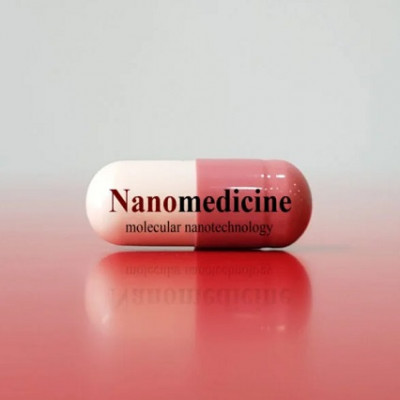
2022-07-09
Visited : 1564
Players in the nanomedicine market range from private companies that make small annual revenues to large companies that dominate multiple industries, generating large revenues from many patents and the US Food and Drug Administration (FDA)-approved drugs. Listed below are the key macroeconomic trends impacting the nanotechnology in medicine theme, as identified by GlobalData.
Nanotechnology clinical trials
There are many registered clinical trials in progress that involve nanotechnology for medicine. Many of these studies are related to oncology; other therapy areas include autoimmune diseases, anti-fungal agents, and rare diseases. However, many of these studies as well as clinical trials for new nanomedicines were put on hold during the global Covid-19 pandemic to protect participants and investigators.
Lack of nanotechnology experts
The lack of nanotechnology experts in both academia and industry will prevent the rapid discovery of new nanotechnologies for medicine. Lack of expertise will also delay promising technologies from obtaining regulatory approval and commercialisation across geographic regions. Due to the pandemic, company resources will be focused on hiring and developing expertise related to Covid-19, to maintain a competitive edge. Others will stop hiring altogether. Even after the pandemic, the resulting lack of expertise will delay promising technologies from obtaining regulatory approval and commercialisation across geographic regions.
Mergers and acquisitions (M&As)
M&As are a significant part of the nanomedicine industry overall. In an industry that is typically slowed by extended timelines of product development, clinical testing, and federal regulation, M&As allow for growth and innovation to happen at a more rapid pace. In nanomedicine, M&As happen in all arenas, from large leading companies acquiring start-ups with novel technologies, to smaller companies acquiring their direct competitors, to start-up companies acquiring companies with complementary technology. M&As between companies producing nanomedicines are expected to slow down as companies shift their attention away from developing non-Covid-19 related products.
Nanomedicine production
Nanomedicines are often more complicated to synthesise and produce than standard drug compounds. In some cases, this might limit the ability of drug manufacturers or pharmaceutical companies to produce large quantities of nanomedicines. If issues related to production are not addressed, companies will not be so eager to invest resources into this industry. In the case of liposomes, there has been much success with producing simple structures for molecule compartmentalisation.
However, more innovative designs have been met with synthesis challenges. Patients depending on these medications will still require a constant supply. However, the production of novel therapies will likely be negatively impacted by the Covid-19 pandemic.
This is an edited extract from the Nanotechnology in Medicine – Thematic Research report produced by GlobalData Thematic Research.
Read the original article on Medical Device Network.